The New Year has different meanings around the world in the way it is celebrated. Each country has created traditions according to its own cultural heritage. Among the “World’s Most Interesting New Year Traditions”, unusual practices stand out. In this article, we will examine ten different traditions. Each one adds a unique color to the way we celebrate the New Year. Some countries in particular have some very interesting traditions.
Spain – Twelve Grape Eating Traditions
Let’s start with Spain for the world’s most interesting New Year traditions. In Spain, eating grapes on New Year’s Eve is a very common tradition. At exactly 12 o’clock the bells start ringing and with each chime a grape is eaten. In total, 12 grapes represent 12 months of the year. With each grape, people wish for luck and happiness. This tradition started in the 19th century as a marketing idea of grape growers. Later, the practice spread across the country. Eating grapes on New Year’s Eve makes people look to the future with hope. It is also a common habit to make wishes while eating grapes.
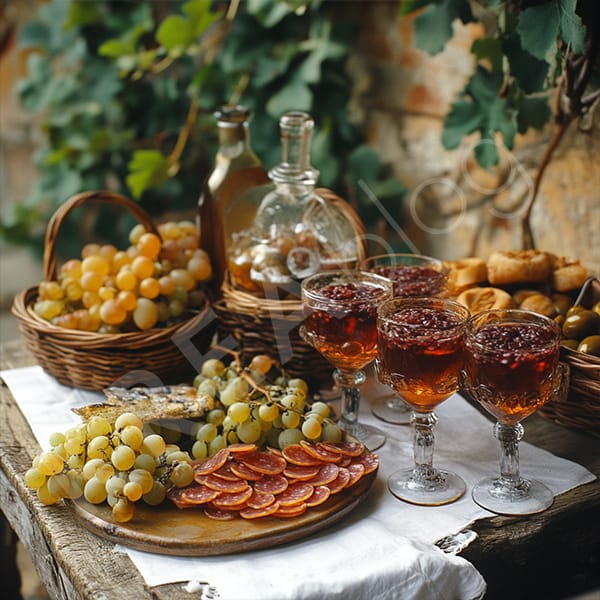
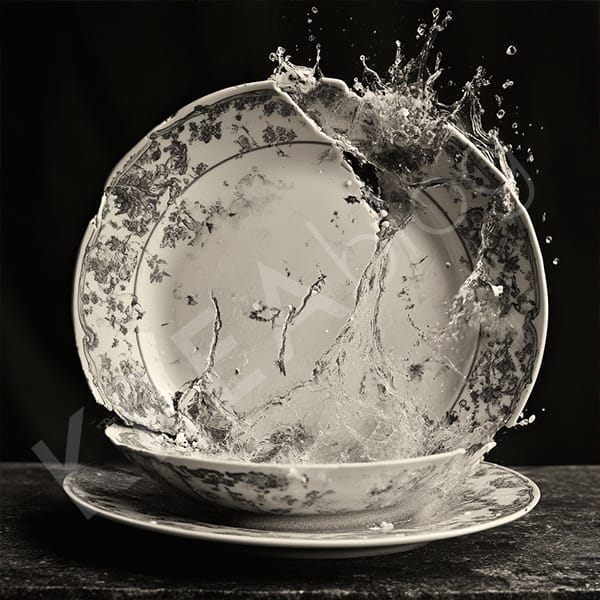
Denmark – Plate Breaking Ritual
In Denmark, breaking old plates on doors is a fun and meaningful tradition. This habit is a symbol of friendship and loyalty. Before the New Year, old plates are collected and thrown at friends’ doors at midnight. The accumulation of plates on the doorstep reflects one’s social circle and the loyalty of friends. More plates mean more friends. This tradition also aims to ward off bad luck. Broken plates symbolize getting rid of the old year’s troubles. The Danish people celebrate this tradition with enthusiasm.
Philippines – The Importance of Round Things
In the Philippines, round items are believed to bring prosperity and wealth in the New Year. On New Year’s Eve, round fruits are prepared and tables are decorated. People aim to increase their luck by wearing round patterned clothes. Roundness means endless cycle and continuity. This tradition gives the Filipino people a hopeful and positive start to the new year. Round also symbolizes the accumulation of money. Using round items represents the belief in increasing abundance and fertility.
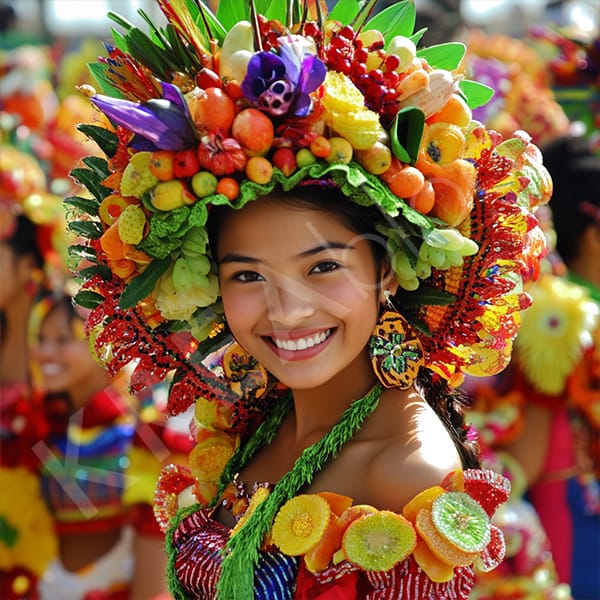
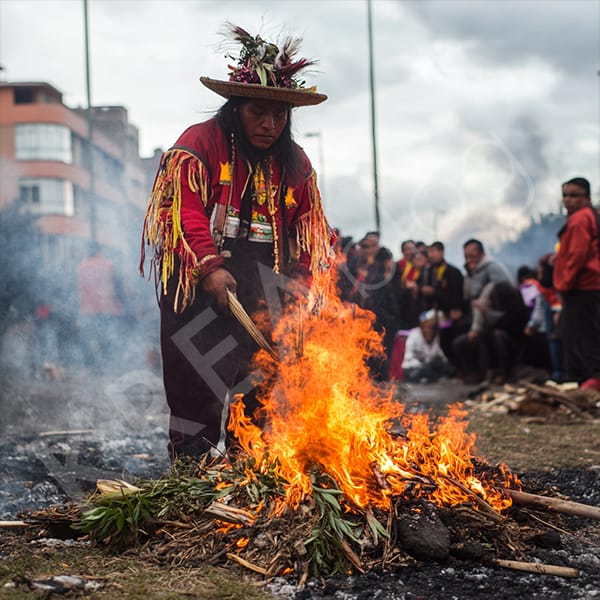
Ecuador – Burning of the Old Year
In Ecuador, effigies are prepared and burned at midnight to symbolize the old year. These effigies usually represent famous people or figures that have been associated with negativity throughout the year. People perform this ritual with enthusiasm to leave bad memories and bad luck behind. The burning of the effigies creates a sense of collective purification and renewal. In addition, this tradition symbolizes making room for new beginnings. When the effigies are lit, people make wishes for the new year. This ritual is a symbol of letting go of the negativity of the past and stepping into a hopeful future.
Scotland – Hogmanay and First Foot
In Scotland, the New Year celebrations are called “Hogmanay” and they are quite extensive. The tradition of the “first foot” is about the first visitor of the new year. This person is considered a bringer of luck and prosperity. A charismatic male visitor, especially one with dark hair, is considered the luckiest. The visitor usually brings gifts. These gifts include coal, bread and drink. During the “Hogmanay” celebrations, people gather in the streets and fireworks are set off. Scots strengthen their community ties with “Hogmanay”. In addition, friendships are cemented during these celebrations.

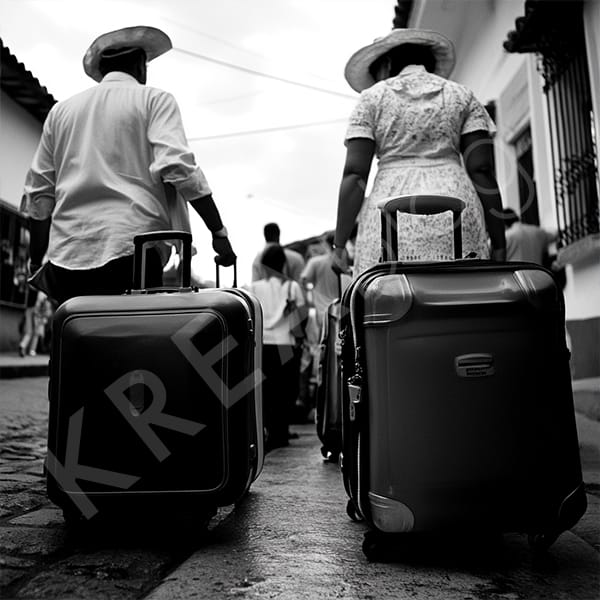
Colombia – Walking with Empty Suitcases
In Colombia, people walk with empty suitcases on New Year’s Eve. This tradition represents the wish to travel in the new year. People walk through the streets or around their homes with their suitcases. People with a passion for traveling attach great importance to this ritual. Walking with suitcases symbolizes the desire to discover new places throughout the year. Colombians celebrate this tradition with joy.
South Africa – Throwing Away Old Things
In Johannesburg, South Africa, it is a common tradition to throw old things out of windows. This ritual symbolizes letting go of the burdens of the old year and making a fresh start. People throw away items that they no longer use or that they associate with bad memories. This tradition reflects a desire for change and renewal. The people of South Africa enjoy this ritual.
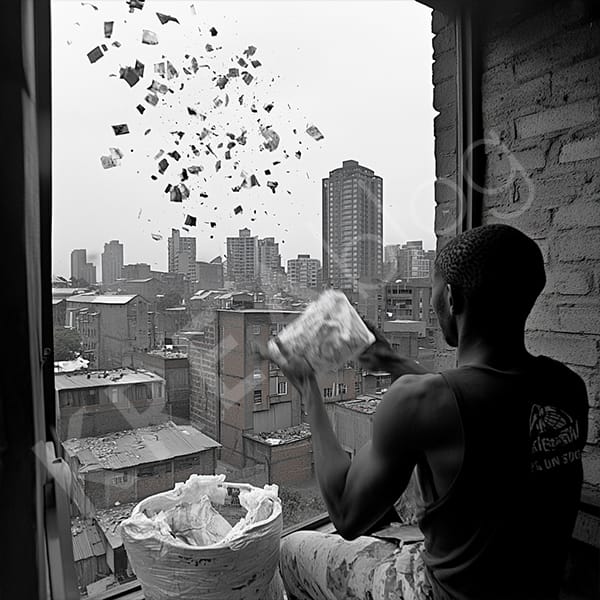

Japan – 108 Chimes
In Buddhist temples in Japan, bells are rung 108 times on New Year’s Eve. This ritual represents the purification of people from 108 worldly desires. The sound of the bells helps to enter the new year in a clean state of mind. Japanese people follow this tradition seriously. Also, the sound of bells evokes peace and happiness.
Brazil – White Clothes and Sea Shells
In Brazil, people welcome the New Year wearing white clothes. This color symbolizes peace and purity. They also throw flowers into the sea and make wishes with shells. With these rituals, Brazilians wish positive energies for the new year. Celebrations by the sea promote social unity and joy.


Czechia – Apple Divination
In the Czech Republic, divination is done on New Year’s Eve by cutting an apple. The shape of the apple’s core determines one’s luck. The star shape symbolizes good luck and the cross shape symbolizes a difficult year. With this tradition, Czech people shape their hopes for the new year.
The Most Interesting New Year Traditions
The New Year is made more meaningful by the unique traditions of different cultures. Among the most interesting New Year traditions, these rituals celebrate diversity. Each tradition symbolizes the hopeful beginning of the new year. We would like to take this opportunity to wish everyone a Happy New Year.















